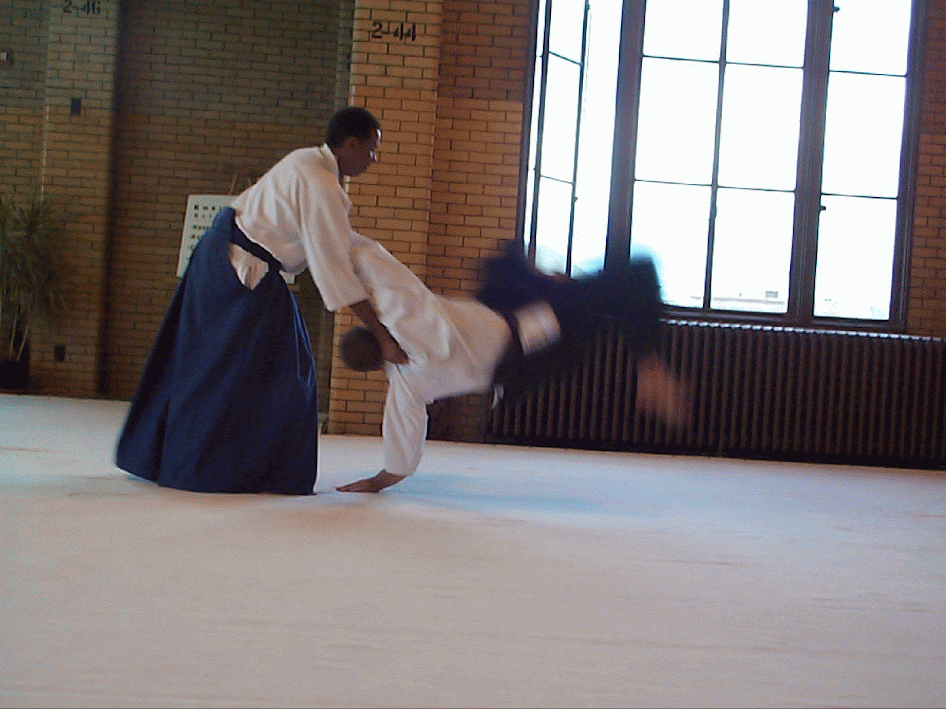Tuesday Class covered the following:
Warmup:type: regular, student led
Standard practice :
Coverage:timing and reflex training:first sequence :- uke : tsuki attack
- nage: evades with tenkan movement
- uke : follow up with yokomen
- nage: enters and executes kokyu-nage from behind
- Second : sequence
- uke : yokomen attack
- nage: evades with irimi movement
- uke : follow up with yokomen
- nage: enters and immediately executes frontal kokyu-nage
# Throughout emphasizing quick and decisive movementApplication : apply principles to situation context Contingencies :- attack :
- multiple attackers,
- armed and unarmed,
- Attack vectors :- first sequence:- One uke attacks
- the other uke blocks movement in one direction
- One uke attacks
- the other uke blocks movement in the other direction
# nage must move to evade the 1st uke and out of range of the 2nd- tactical :
- one uke approaches nage from the front and 2nd to the rear
- using peripheral vision nage monitors distance to 2nd uke
- first uke reaches for a hidden tanto
- nage executes atemi and irimi disarming 1st uke
- nage positions 1st uke between self and 2nd uke
-- Testing- Kokyu dosa- Class PicturesLAST CLASS PARTY
